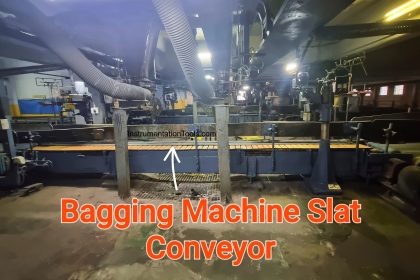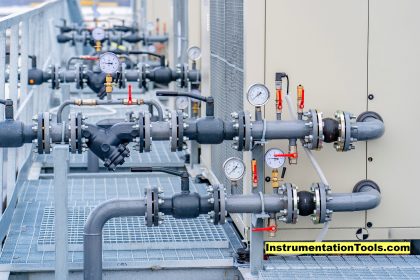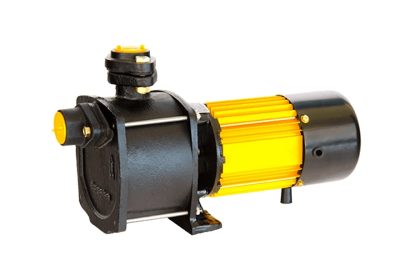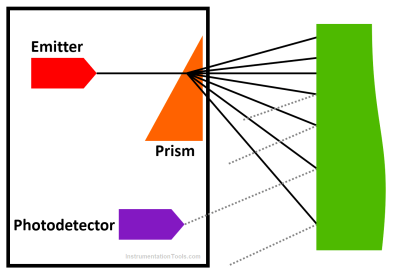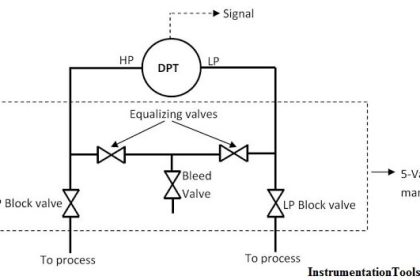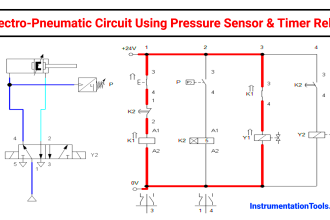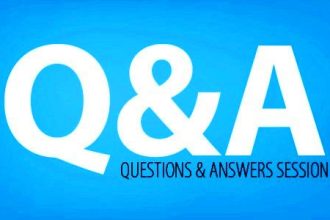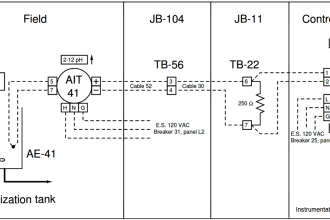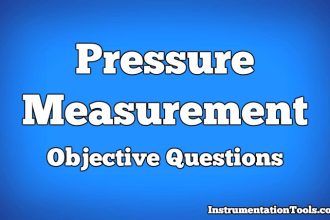Conveyors are a very important part of industrial machines. The way they help in transporting materials efficiently; there is no other tool which can do this task so smoothly. Though there are different types of conveyors, two of the most used ones are belt and roller. Although they sound similar, they have many differences between them. It all depends on what type of material you want to move and what application you have. In this post, we will see the difference between belt conveyor and roller conveyor.
What is a belt conveyor?
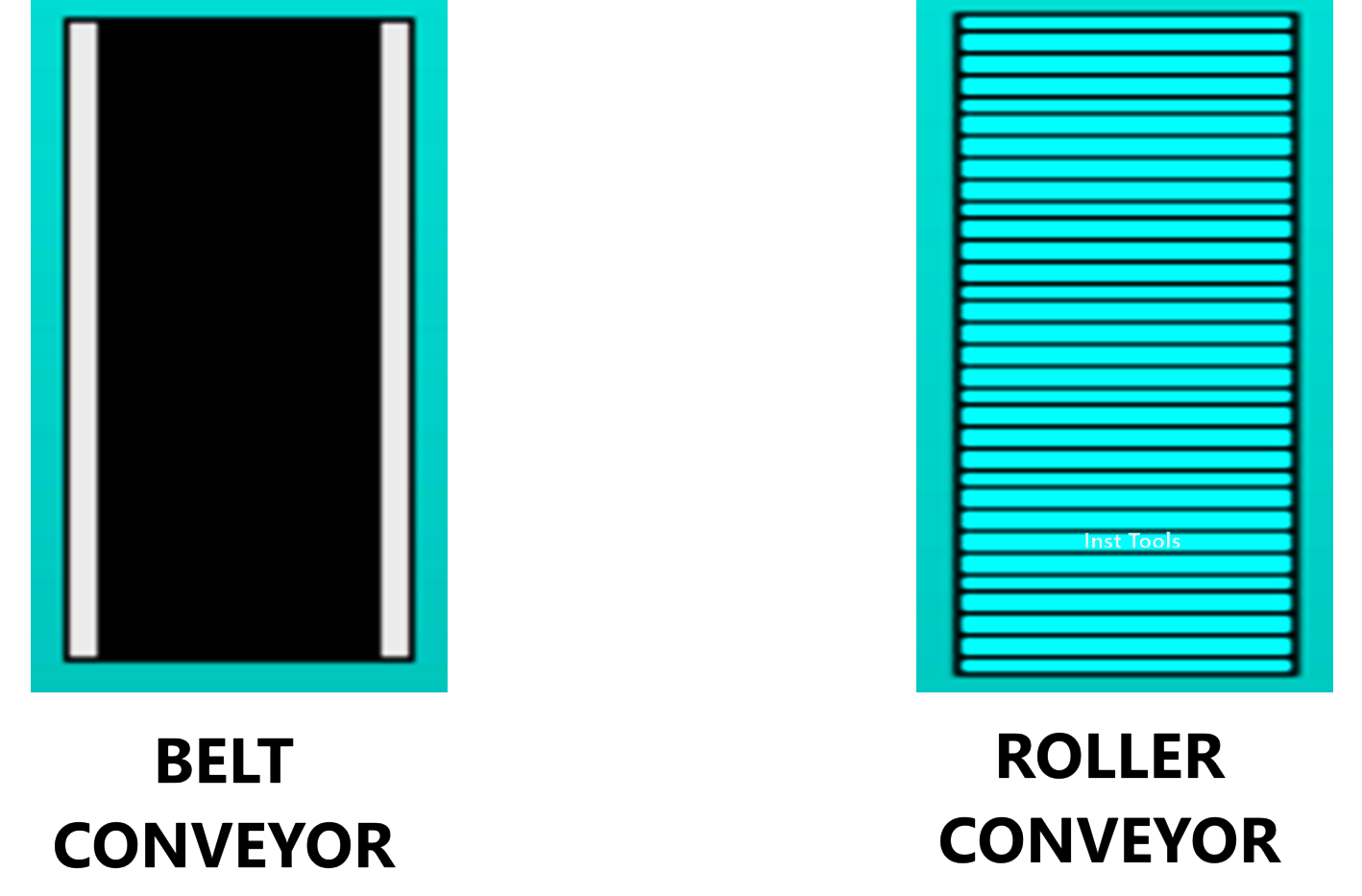
As the name implies, a belt conveyor is the one which has a continuous belt of metal sheet. Refer to the below image. The belt has a pulley or roller on each end below it. Wherever it bends or changes angles or even if the distance is long in a straight line, you will find pulleys or rollers below it in some distance. This is used to support the belt movement.
One roller will be supported by a motor, which will drive the whole conveyor belt. The motor will be either fixed speed or variable speed. The belt is made of rubber, plastic or other supporting similar material which can carry the load efficiently. One main thing is the role of rollers or pulleys below. It must tightly grip the belt, or else it will become loose and move out.

As the belt is completely motor-driven, it will continuously require energy to move an object and so, is not powerless. As the belt is uniform in nature, any uneven type of load too can be moved through this type of conveyor.
What is a roller conveyor?
Now, the roller conveyor is completely opposite in construction as a belt conveyor. Instead of a belt, it consists of rollers mounted on a single frame. Refer to the below image. As you can see, the rollers are separated from each other (the black lines) in a small distance. Because the roller itself is a rotary device, it requires very less power to move as compared to a belt conveyor.
The rollers are cylindrical or round in shape, and move the load on it’s own axes. Many times, even if the power supply of the motor is turned off from one state, the gravity and rotary nature of the conveyor itself moves the load to a certain distance. So next time, less power will be used in moving the load to it’s destination.
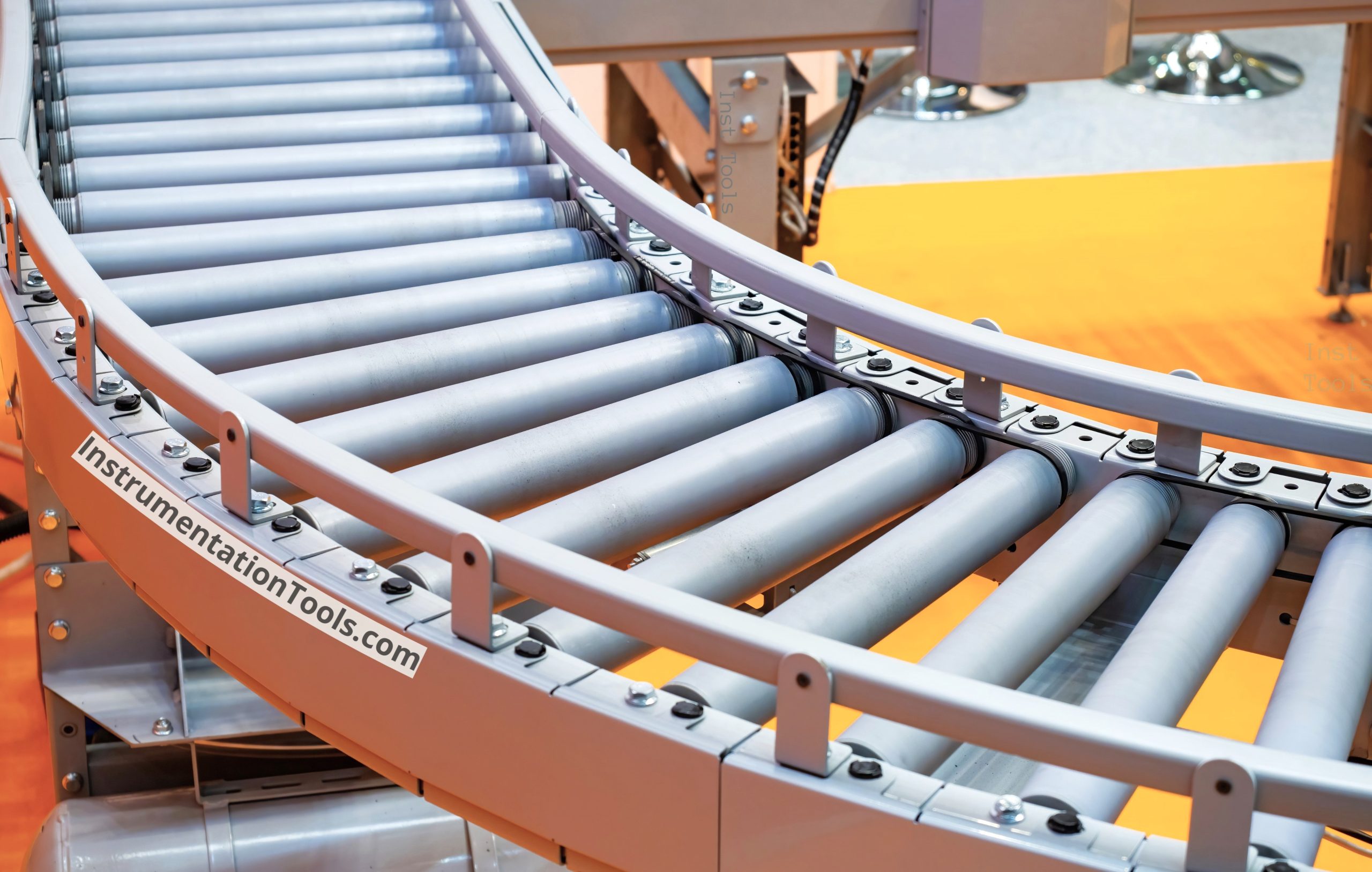
As the rollers provide grip to the material naturally, the movement of the load is more controlled in this fashion. But, it cannot handle uneven loads, as it may get stuck between the rollers.
What is the difference between a belt and a roller conveyor?
- Belt conveyor requires more horsepower and motor energy to move the load, which is less in a roller conveyor.
- Belt conveyors are cheaper in cost than roller conveyors, due to use of roller in the roller conveyors.
- Belt conveyors are easier to clean and maintain than roller conveyors.
- Belt conveyors are not better for handling heavier, bulky and abrasive types of loads, than a roller conveyor.
- As the belt travels beneath too in rotary fashion, and if some sticky material gets stuck, then it will be very difficult to remove if it has gone below the belt.
- Use of gravity and own motion force is best used in roller conveyors and that saves a lot of energy as opposed to belt conveyors.
- Uneven loads cannot be moved more easily in a roller conveyor than a belt conveyor.
- An operator can handle the load more easily in a roller conveyor, as he can freely use the natural rotation of rollers to load or unload an object in between immediately.
- Roller conveyors can typically transport materials at higher speeds than belt conveyors. Due to this, in applications where speed plays an important role, roller conveyors are the best.
In this way, we saw the difference between belt and roller conveyors.
